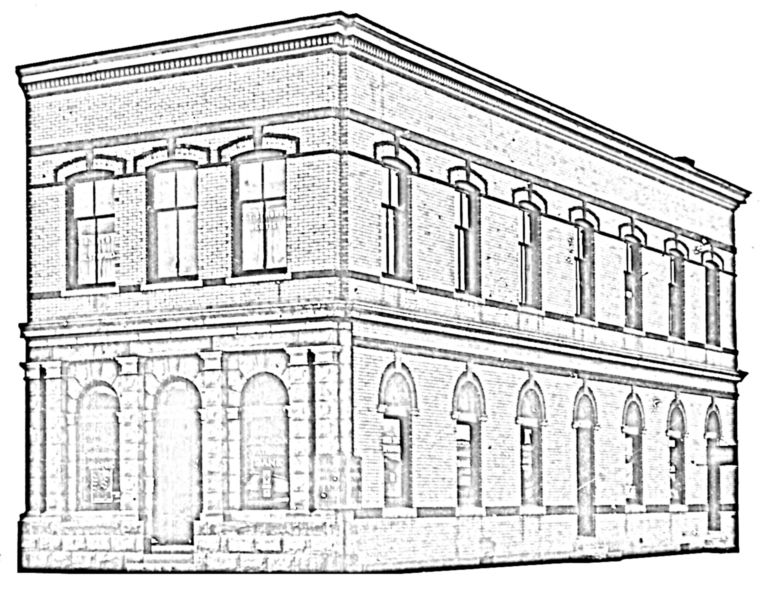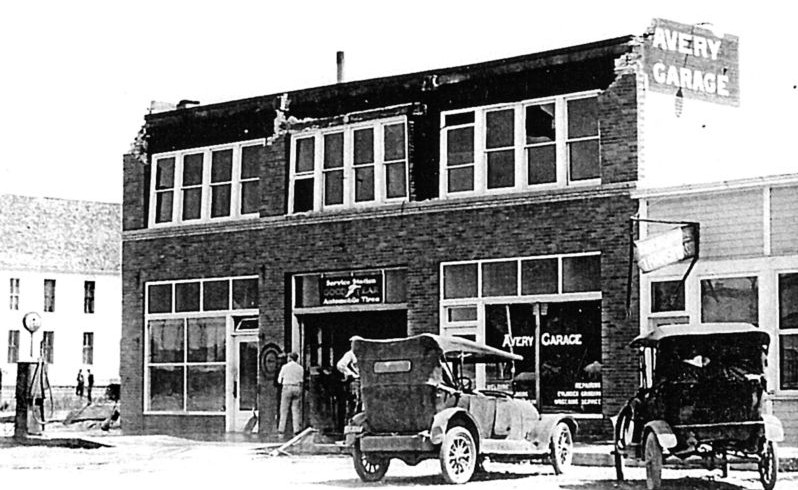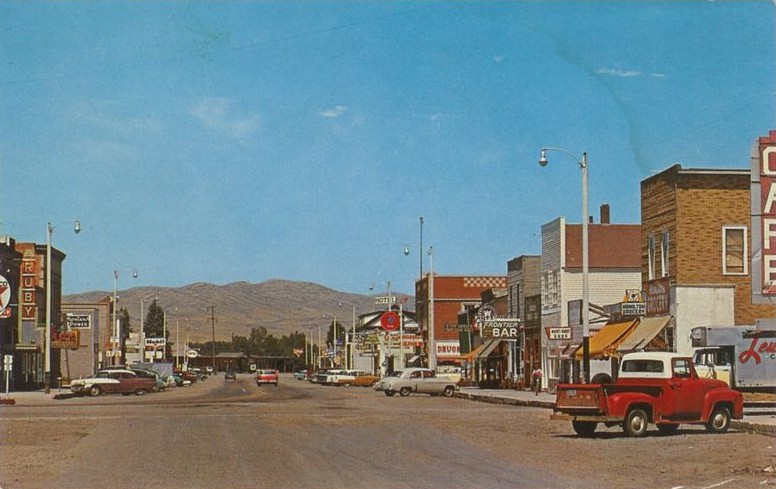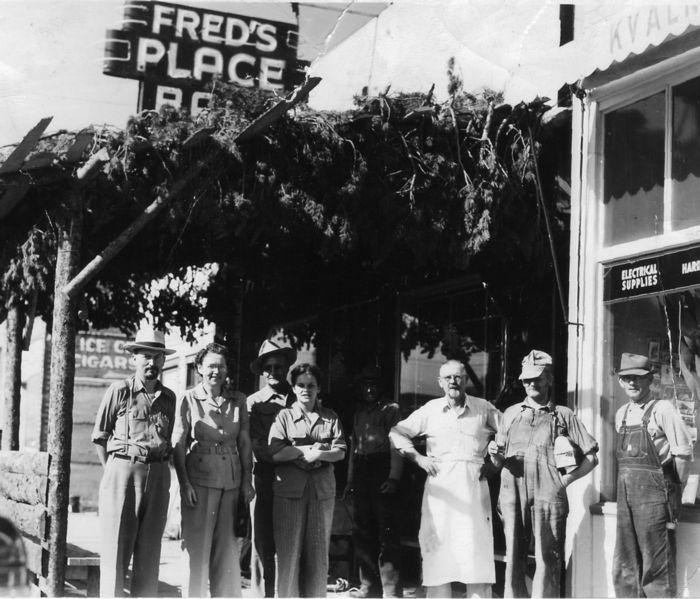| Three Forks Area Historical Society - Clarkston History
|





|
|
CLARKSTON AREA HISTORY:
Excerpt from Headwaters Heritage History, 1983, Three Forks Area Historical Society
The Clarkston
Valley is a narrow strip extending from the Three Forks of the Missouri down the river to a few miles above Toston.
The Northern Pacific RR goes down the river on the east side and the Milwaukee on the west side. The stations of Recap and
Clarkston are on the Northern Pacific and Lombard is at the crossing of the Northern Pacific and the Milwaukee, near the lower
end of the valley.
At its widest point, the valley is not over three miles wide. On the west, it is bounded by a range of nameless hills running
from the Three Forks to Toston, with an elevation of five to six thousand feet. On the east, it is bounded by the Horseshoe Hills.
The Missouri River headwaters has an elevation of about 4040 feet, while Toston has an elevation of 3911 feet.
Lewis and Clark entered the valley on July 25, 1805. They noted the big springs we now call the Toston Spring, and traveled on
up the river to Three Forks during July 26 and 27. Sacajawea reported that she had been captured by the Mandan Indians along the
lower Jefferson about five years earlier, or possibly in the year 1800.
During the days of wagon freighting, most of the traffic crossed the rivers at Gallatin City just above Clarkston. It was a
shorter trail leaving the Gallatin at the junction of the east and west Gallatin Rivers and over the rough Horseshoe Hills to the
ferry at Clarkston and thence on to Radersburg and Helena.
The first livestock operations were carried on by Ed Sawyer. The River Side Ranch Co. of the firm of Huntley and Clark were in
the valley, and George Geddes of Willow Creek ran hundreds of horses in the area.
Sheep did well. The Dunbar brothers of Three Forks ran sheep over the area before homestead days. About 1910, W. Guy Clark from
the little Missouri in Western Dakota bought the Sawyer Ranch. He established a store and post office at "Magpie" and, not liking
the name Magpie, had the station name changed to Clarkston. The store was known by the old Sawyer ranch brand, "The Circle S."
By 1911, the homesteads had nearly all been taken. Soon, three school houses were built in the district. There were people in
every coulee. Most all land was plowed. Then came the drought of 1918/1919. The influenza came, too. There were almost no crops
and only a little grass. The population thinned out fast. On top of this came one of the worst winters of Montana, 1919-20. The
rainfall was better in the 20s, until 1929 when a second knockout blow of another drought that lasted for nearly 10 years, along
with the great depression happened. Many people moved out, and the mountain rats took over the cabins.
In a real shock, the valley was hit without warning by an earthquake in 1925. There were 45 tremblors that night, and a mountain
slipped down into Sixteen Mile Canyon. The origin of the earthquake was near the center of the Clarkston Valley.
Area History Main Page
|
|
|




